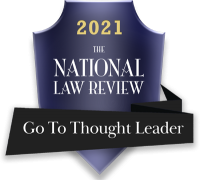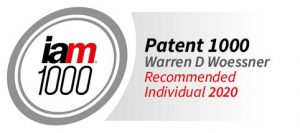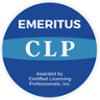On June 29, 2016, Director Lee promulgated rules to implement a one-year pilot program to effectively grant “Fast Track” status to applications with at least one claim to treating cancer using immunotherapy. (A copy of this document can be found at the end of this post.) I am sure that much will be written about this program, but the requirements for achieving this top-of-the-pile on the Examiners’ desk are much like the current “Fast Track” program. But let’s cut to the chase to see just what type of claim qualifies for the “Cancer Immunotherapy Pilot Program:
“The applications must contain at least one claim encompassing a method of ameliorating, treating or preventing a malignancy in a human subject where the steps of the method assist or boost the immune system in eradicating cancerous cells. For example, this can include the administration of cells, antibodies, proteins, or nucleic acids that invoke an active (or achieve a passive) immune response to destroy cancerous cells. The Pilot Program also will consider claims drawn to the co-administration of biological adjuvants (e.g., interleukens, cytokines, Bacillus Comette-Guerin, monophosphoryl lipid A, etc.) in combination with conventional therapies for treating cancer such as chemotherapy, radiation or surgery. Claims to administering any vaccine that works by activating the immune system to prevent or destroy cancer cell growth are included. The Pilot Program will also consider in vivo, ex vivo, and adoptive immunotherapies, including those using autologous and/or heterologous cells or immortalized cell lines.”
Well that pretty much covers the bio-waterfront in this area of science. Of course, many of these therapies will involve claiming new uses of “natural products” and/or will recite a natural correlation between the presence of the therapeutic agent and destruction of its target. (Remember that the natural correlation in Mayo was between the concentration of the metabolite and the presence of presumably intolerable side effects, not between the administered concentration of the drug and its conversion to metabolites in vivo.) Time to master the patent drafters’ dark arts.






